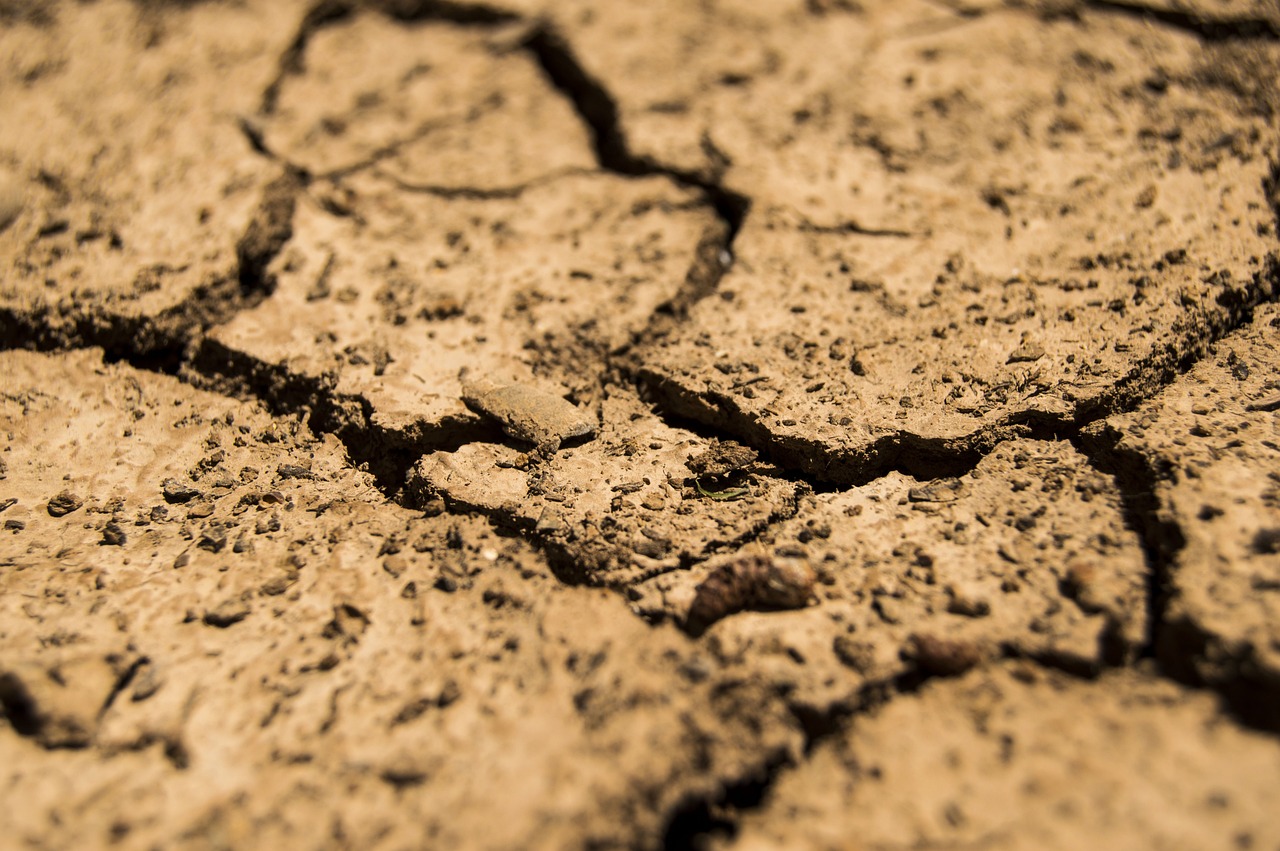Article Title:Detecting Palaeolithic activity areas through electrical resistivity survey: An assessment from Vale de Obidos, Portugal
Abstract:
The open air Late Pleistocene campsite of Vale de Obidos provided an opportunity to systematically assess the utility of electrical resistivity surveying for activity area detection at Palaeolithic sites. Detailed surface mapping facilitated the exploration of electrical resistivity effect caused by recent land use activities and post depositional processes. At Vale de Obidos, tree throw events, ploughing, and earth moving have a more significant impact on soil resistivity than increases in soil moisture associated with pine tree stumps and roots. Resistivity results successfully discriminate activity areas containing hearth features and high densities of fire cracked rocks and artifacts. As an aid for understanding post-depositional processes at archaeological sites and to design excavation and recovery efforts, the technique has great potential for Palaeolithic archaeology and in other prehistoric contexts that lack major architectural remains.
Keywords: Palaeolithic; electrical resistivity; geophysical survey; site detection; Portugal
DOI: 10.1006/jasc.2001.0691
Source:JOURNAL OF ARCHAEOLOGICAL SCIENCE
Welcome to correct the error, please contact email: humanisticspider@gmail.com



